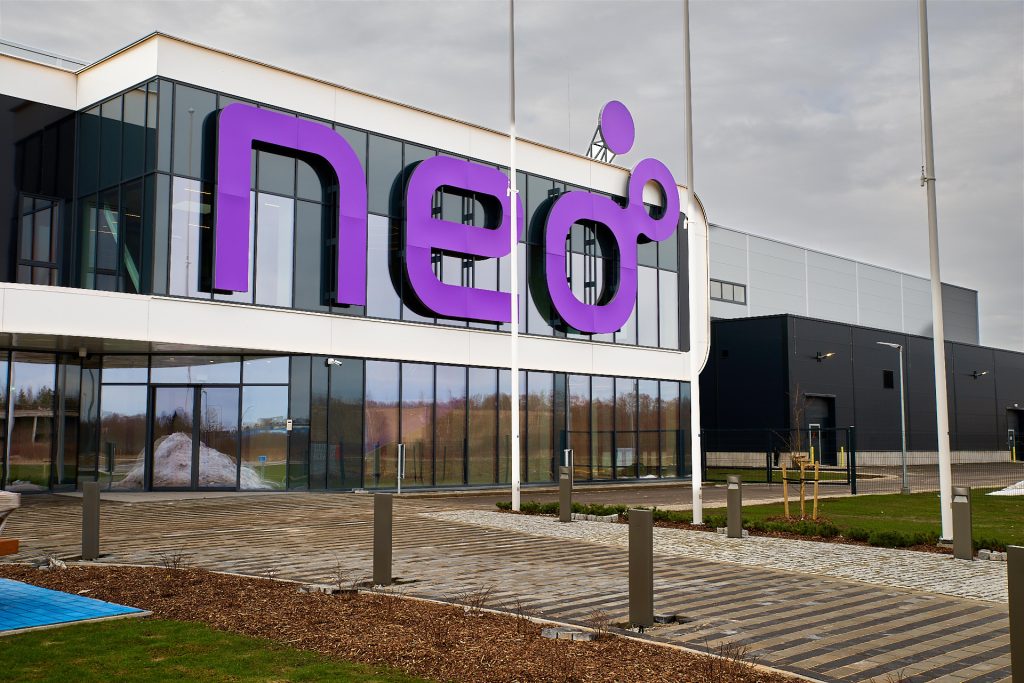Estonian Competitiveness Report: Estonia could become a centre for the valorisation of rare earth elements
Foreign investors are showing growing interest in the competencies of Estonian companies and universities in the field of valorisation of rare earth elements, which creates a good opportunity for Estonia to become a European centre of excellence, according to the Competitiveness Expert Council in its report “Status and Prospects of the Estonian Economy 2025” submitted to the Riigikogu.

Urmas Varblane, Chairman of the Supervisory Board of Eesti Pank and member of the Competitiveness Expert Council, noted that, similarly to NATO’s cyber defence centre, a European centre for the valorisation of rare earth elements could be located in Estonia. “Today, foreign investors are actively seeking access to strategically important technologies,” said Varblane. “One well-known example of this is the magnet plant in Narva that was recently opened by the Canadian company NEO Performance Materials. Combining the competencies of local companies and universities and the European Union’s great need for critical minerals, it would be possible to develop a cluster for the valorisation of rare earth elements around this investment in Estonia.”
President of the European Commission, Ursula von der Leyen, has also stressed the importance of the magnet plant opened in Narva. At the G7 summit in summer, she stated that the rare earth permanent magnet produced in Estonia symbolises cooperation between Europe and its allies for strategic independence. The development of rare earth elements is of central importance in Europe’s critical raw materials strategy, as they are essential, for example, for ensuring energy security.
However, Estonian experts point out in the competitiveness report that although Estonia outpaces the other Baltic states in spending on research and development, the gap with Nordic countries remains substantial.
The report also highlights concerns that compared to other Baltic countries, Estonian companies invest less in machinery and equipment, but more in real estate. Overall, business sector investments relative to GDP are nearly equal in the three Baltic states.
“Today, Estonian economy and exports are at a higher level of complexity than those of Latvia and Lithuania, but the differences in the development of the three Baltic countries have deepened in recent years,” said Uku Varblane, a member of the Competitiveness Expert Council and Head of Research at the Foresight Centre. “For example, the Lithuanian economy is currently more diverse than the Estonian and Latvian economies.”
The report also addresses business financing.
Estonian companies rely mainly on bank loans to meet their financing needs. However, for funding innovative, yet riskier projects, the equity markets, especially the venture capital and private equity markets, would be better suited. The Expert Council recommends that the Estonian state, as an important anchor investor, promote cross-border fund-of-funds initiatives, involving the Nordic countries in addition to the Baltics.
However, according to experts, changes in international trade policy, including the tariffs imposed by President Donald Trump and the related global uncertainty, pose the biggest risks for the Baltic countries and the European economy.
The Competitiveness Expert Council was convened at the initiative of the Riigikogu Economic Affairs Committee at the end of 2023 to analyse the competitiveness and prospects of the Estonian economy and propose ideas for improving them. The report “Status and Prospects of the Estonian Economy 2025” (in Estnonian) is available on the Foresight Centre’s website.
Latest news
-
10.11 2025Report: Estonia could learn how to control healthcare costs from the Netherlands
The expenses of the Estonian Health Insurance Fund significantly exceed its revenues, and the accumulated reserves will be depleted in the next five years. Other European countries in the same situation have cut healthcare services and increased people’s co-payments. According to the Foresight Centre’s new short report “Other countries’ experiences in managing healthcare budget deficits”, both solutions have worsened public health and deepened inequality.

 An independent think tank at the Riigikogu
An independent think tank at the Riigikogu